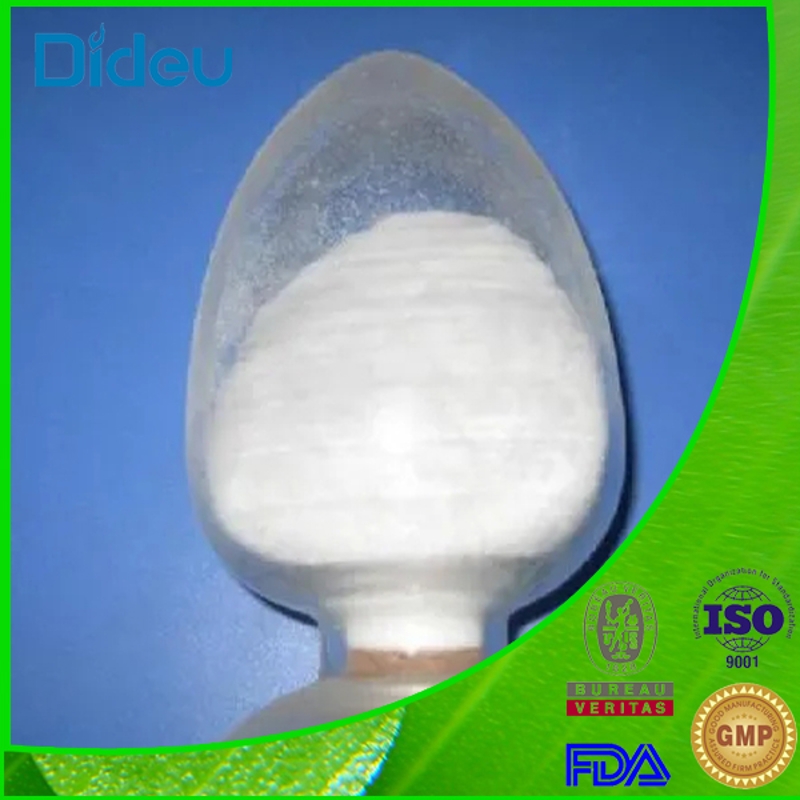-
Categories
-
Pharmaceutical Intermediates
-
Active Pharmaceutical Ingredients
-
Food Additives
- Industrial Coatings
- Agrochemicals
- Dyes and Pigments
- Surfactant
- Flavors and Fragrances
- Chemical Reagents
- Catalyst and Auxiliary
- Natural Products
- Inorganic Chemistry
-
Organic Chemistry
-
Biochemical Engineering
- Analytical Chemistry
- Cosmetic Ingredient
-
Pharmaceutical Intermediates
Promotion
ECHEMI Mall
Wholesale
Weekly Price
Exhibition
News
-
Trade Service
Parkinson's disease (PD) and multi-system atrophy (multiple system atrophy, MSA) are often difficult to identify in the early stages of the disease, and some MSA patients have brain bridge "cross" or shell nuclear outer edge "crack signs" that are not typical or even lacking, so how can we do not misdiagnose?as long as we recognize this image sign, we can narrow down thediagnosiscase introduction
patient, aged 62He was admitted to hospital for 1 year with poor speech and shaking of his limbs due to 2 years of slow movement2 years ago, there was a delay in motion, progressive exacerbation, began to manifest itself as slow walking, gradually turned over, walking difficulties, feeling stiff limbs1 year ago there was speech confusion, slow speech, shaking on the right limb, persistence, constipation and urinary incontinenceTreatment for Medoba in July 2016 did not improve, and the addition of Praxo to the hospital has not improved since thenadmission: blood pressure 80/55 mmHg (lying), 60/45 mmHg (sitting), language vague, memory, calculation, poor toneThetension of the limbs increased, the tendon reflexes were active, and the two-sided Rossolimo was positiveTwo-sided finger nose test, rotation test positiveCranial MRI: Two-sided cerebellum hemisphere and brain stem atrophy, two-sided cerebellum foot symmetry long T1, long T2 signal and T2Flair high signal, DWI did not see significant lygoff MRA did not see intracranial artery stenosis or aocstle biochemical indication: uric acid 510mmol/L Three major routine, fasting blood sugar, glycifying hemoglobin, thyroid function, rheumatism three did not see abnormal Dynamic electrocardiogram, heart color super, neck blood vessels color super, chest and abdomen CT flat sweep did not see abnormal 01 of the of the diagnosis
idea (1) Location diagnosis: (2) qualitative diagnosis: elderly women, chronic onset, progressive exacerbation, autonomic neurological dysfunction, Parkinson's syndrome, cerebellum co-operation disorders and cone beam damage, the diagnosis of MSA is highly likely review the MSA diagnostic criteria proposed by Gilman et al in 2008 possible MSA: ethtrusion, progressiveness, adulthood (illness over 30 years of age), and have the following characteristics One of two things: (1) levodopa reactive Parkinson's syndrome (slow movement, muscle stiffness, tremor, or posture instability ); Impairments at least one of the following autonomic neurofunction seiscences: (1) no other etiology can be explained as urinary emergency, urinary frequency or bladder emptying disorder, erectile dysfunction (male); (2) low body blood pressure (but not the diagnostic criteria for "likely" MSA) at least one of the following manifestations: (1) possible MSA-P or MSA-C: (1) Bappinski positive, tendon reflex active ;(2) wheezing; (2) Possible MSA-P: (1) rapidly progressing Parkinson's symptoms ;(2) insensitive to levodopa ;(3) posture instability within 3 years of the onset of motor symptoms; (4) cerebellum dysfunction ;(5) motor symptoms developed difficulty of swallowing within 5 years; and (6) MRI manifested as a shell nucleus, cerebellum, cerebral bridge or cerebellum ;(7) (3) Possible MSA-C: (1) Parkinson's symptoms ;(2) MRI manifests itself as shell nuclei, cerebellum, or brain bridge atrophy ;(3) 18F-FDG-PET performance as shell core, brain stem or hyponadomy; the patient is therefore clinically diagnosed as possible MSA 02 Differential Diagnosis: 03.MSA's imaging characteristics
brain bridge "cross" and shell nuclear outer edge "crack sign" for MSA relatively specific imaging performance shell core fissure sign is a linear high signal shadow on the outer side of the outer back of the shell core shown by MRI T2WI, which is more common lying in msA-P type Changes in the crustal nucleus fissure sign are likely due to the loss of shell nuclear nerve cells, the proliferation of glial cells, the shrinkage of the shell core, the increase in the gap between the shell core and the outer sac, or the proliferation of iron deposition and reactive small glial cells and astral glial cell proliferation shell nucleus crack signs brain bridge "cross sign" for MRI axis T2WI shows abnormally high signal shadow of brain bridge cross shape, mostly found in MSA-C patients This characteristic sign is the brain bridge nucleus and the cerebral bridge cerebellum degeneration, the plastic cell moisture content increases, and the toothed nucleus emits the fibers and cone beams that make up the upper foot of the cerebellum undamaged, thus forming a T2-weighted cross-shaped signal like the upper brain bridge In recent years, some scholars believe that high symmetry signals of the foot in the two-sided cerebellum are of great significance in the diagnosis of MSA, especially in MSA-C subtype patients with a specificity of up to 82% and sensitivity of up to 100% High signal of foot symmetry in the two-sided cerebellum 03 Summarize the cause of the symmetry damage of the foot in the two-sided cerebellum
magnetic resonance is characterized by the classification of the cause of the foot symmetry abnormality signal in the two-sided cerebellum: the in clinical work MSA diagnosis has certain challenges, some patients brain bridge "cross" or shell outer edge "cracking signs" are not typical High signs of foot symmetry in the two-sided cerebellum are found in MSA-C, and the recognition of this image sign can narrow the diagnostic range expert profile Shen Yaoyao Source:







